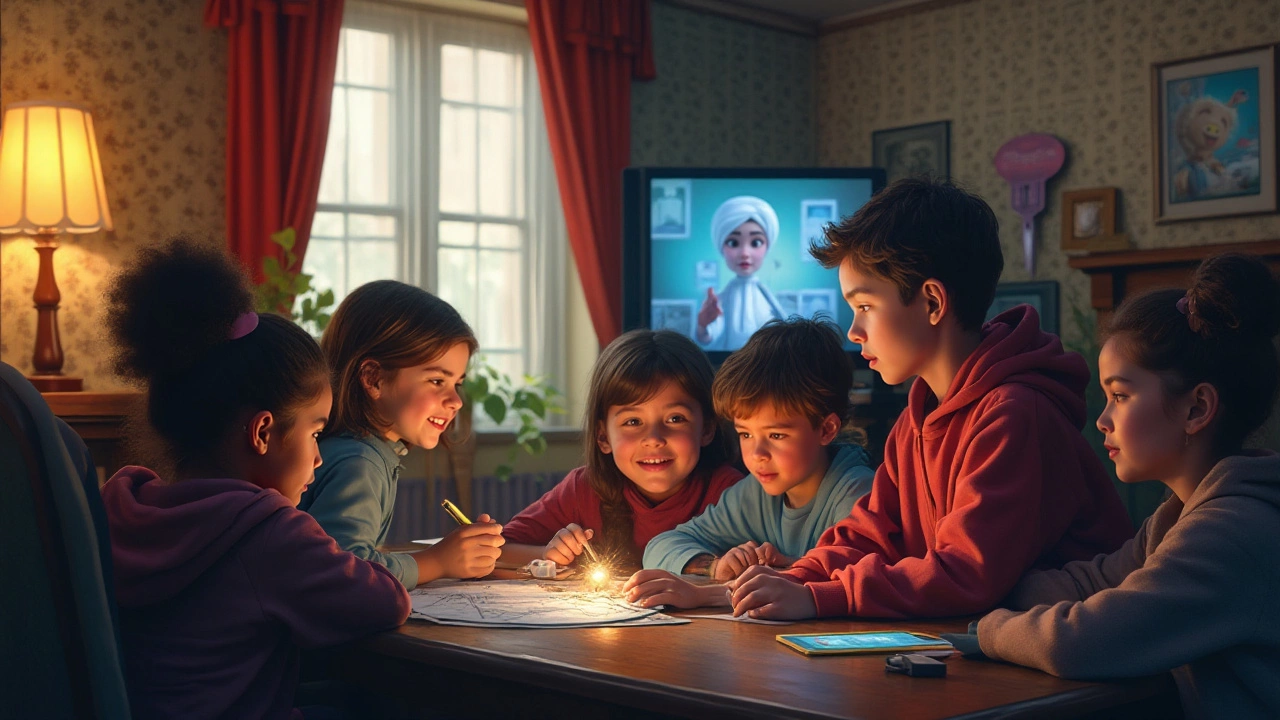Virtual Classroom: What It Is and Why It Matters
Ever wondered why more schools and parents are talking about virtual classrooms? It’s basically a digital space where teachers, kids, and sometimes parents meet online to learn, share, and interact. Think of it as a regular classroom that lives on a screen – you can join from home, a coffee shop, or wherever you have internet.
Key Benefits of a Virtual Classroom
First off, flexibility. No more rushing to catch the bus or worrying about traffic. Lessons start on time, and students can log in from any device. That also means you can replay a recorded session if you missed something – a huge win for busy families.
Second, personalization. Many platforms let teachers assign different tasks to different groups, so each child gets material that matches their level. This is especially handy for early years where one kid might need more practice with numbers while another is ready for reading.
Third, cost‑effectiveness. Schools can save on building maintenance, and parents save on travel. Plus, a lot of free or low‑cost tools (like Google Meet, Zoom, or Microsoft Teams) already have built‑in features like screen sharing, virtual whiteboards, and breakout rooms.
How to Make the Most of Your Virtual Classroom
Start with a solid routine. Set a specific time, a quiet spot, and a checklist (headphones, notebook, water bottle). When the session begins, encourage kids to turn on cameras if possible – it builds community and lets teachers see facial cues.
Use interactive tools. Digital whiteboards let kids draw shapes, solve puzzles, or write words together in real time. Polls or quick quizzes keep attention high and give instant feedback.
Break time matters. Short 5‑minute stretch breaks every 30 minutes help kids stay focused. You can play a quick song, ask a fun question, or have them show something from their room.
Keep communication open with parents. A quick email or messaging note after each lesson tells them what was covered and what to practice at home.
Finally, choose the right platform. Look for features like easy screen sharing, chat, breakout rooms, and recording options. Test it before the first class to avoid technical hiccups.
Virtual classrooms aren’t just a pandemic fix – they’re becoming a permanent part of how we teach and learn. By embracing the flexibility, personalization, and tech tools they offer, you can create an engaging and effective learning experience for any age group.
Is Remote Learning the Future of Education?
Remote learning has changed the traditional classroom concept by bringing education to our homes. This article explores whether remote learning equates to not having school and the impact on student engagement and educational quality. It dives into how technology has revolutionized educational delivery and provides tips for thriving in this new educational paradigm. The concept raises questions about student socialization and long-term educational outcomes.
